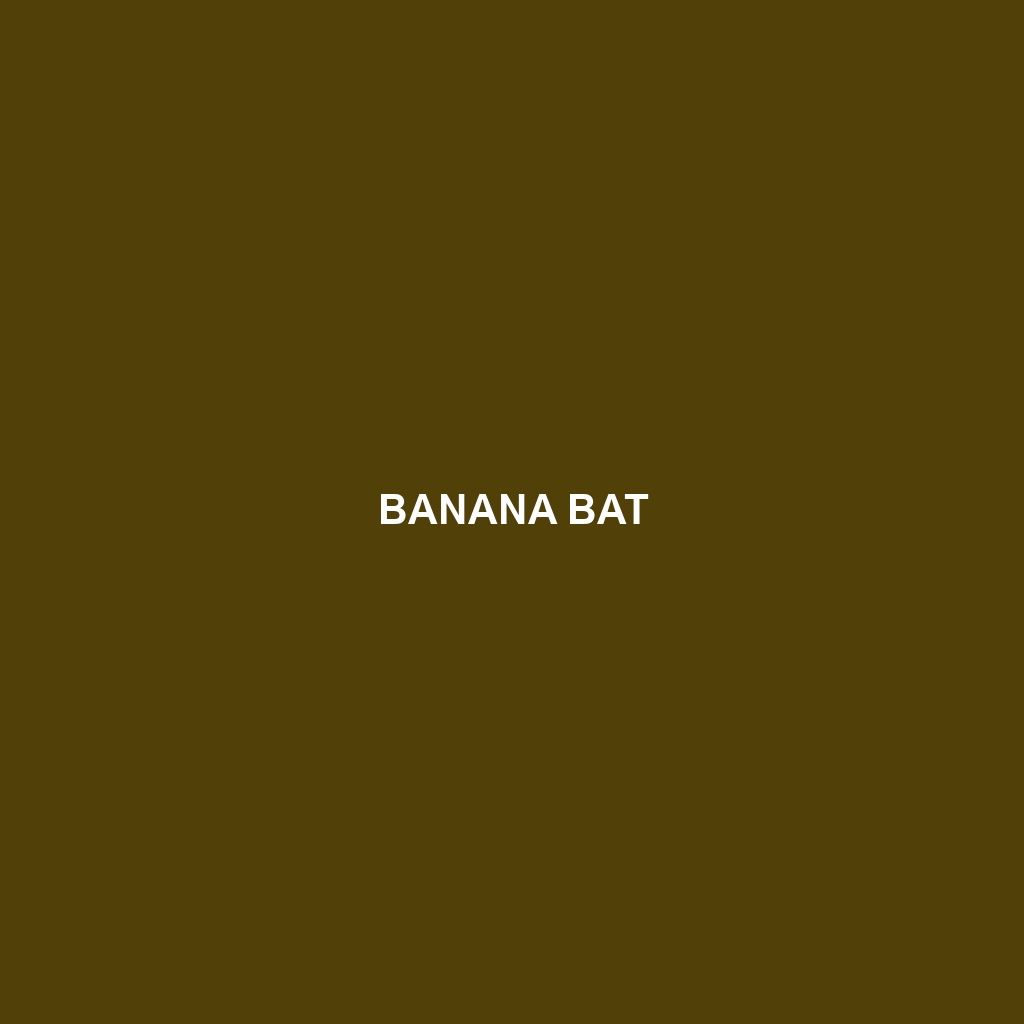Dark Long-tongued Bat
Common Name: Dark Long-tongued Bat
Scientific Name: Macroglossus minimus
Habitat:
The Dark Long-tongued Bat is primarily found in tropical and subtropical regions of Southeast Asia. These bats inhabit a variety of environments including rainforests, mangroves, and lowland forests, where they prefer areas rich in flowering plants. Key locations include the Philippines, Malaysia, and parts of Indonesia.
Physical Characteristics:
The Dark Long-tongued Bat is a medium-sized bat, typically measuring around 9 to 14 cm in body length with a wingspan of approximately 30 to 40 cm. Characterized by its prominent elongated tongue, which can measure up to 10 cm, this bat exhibits a sleek, agile body covered in dark brown to black fur. Its wings are narrow and elongated, aiding its agility in flight, while its small ears and large eyes provide excellent night vision.
Behavior:
This species is predominantly nocturnal, actively foraging for nectar and insects between dusk and dawn. The Dark Long-tongued Bat is known for its unique pollination behavior, as it frequently visits flowers during feeding, thus playing a crucial role in plant reproduction. Socially, these bats tend to roost in small to medium-sized groups, often found in tree hollows or caves.
Diet:
The diet of the Dark Long-tongued Bat primarily consists of nectar from a variety of flowering plants, making it an important pollinator in its ecosystem. Additionally, it consumes insects, particularly moths and beetles, supplementing its diet with proteins. The bat’s long tongue allows it to reach deep into flowers for nectar, enhancing its efficiency in feeding.
Reproduction:
Dark Long-tongued Bats typically breed once a year, with mating often occurring during the rainy season. Females give birth to one pup after a gestation period of about three months. Newly born bats are nurtured within the roosting community and rely on their mothers for nutrition until they are able to forage independently.
Conservation Status:
The Dark Long-tongued Bat is currently listed as “Vulnerable” by the International Union for Conservation of Nature (IUCN). Habitat loss due to deforestation, urbanization, and agriculture poses significant threats to this species. Conservation efforts are necessary to protect their natural habitats and ensure their continued existence.
Interesting Facts:
– The Dark Long-tongued Bat is known for its ability to hover mid-air while feeding, similar to hummingbirds.
– These bats have been observed to exhibit a mutualistic relationship with several plant species, demonstrating their importance in maintaining biodiversity.
Role in Ecosystem:
As pollinators, Dark Long-tongued Bats play a critical role in their ecosystems by aiding in the reproduction of various flowering plants. This process not only supports plant diversity but also sustains food sources for other wildlife, thereby maintaining the ecological balance within their habitats.
